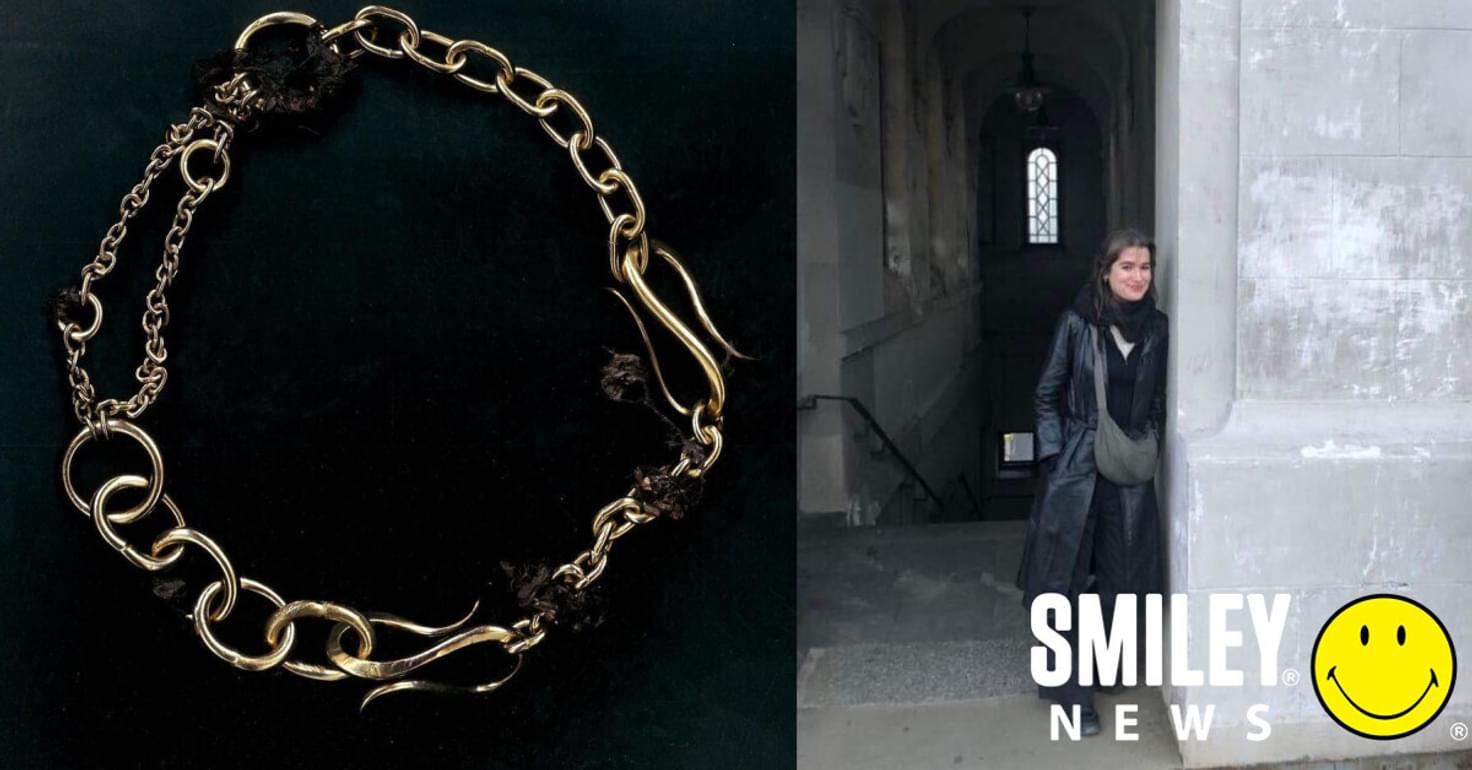
Words by Smiley Team
For 24-year-old jewellery designer Marta Stok, beauty lies in unexpected places.
She came to realise this while browsing an exhibition about Arctic cultures in the British Museum. Gazing at glass cabinets of snow boots, sledges and other ornately crafted essentials, what struck her most was how each object used animal parts in conscientious ways that other societies seem to have forgotten.
The exhibition inspired her so much, that she decided to challenge societal perceptions of what constitutes "waste" by creating her own collection of objects and jewellery made from discarded materials.
“I admired how the Arctic people didn't shy away from the fact that they rely on animals. Instead, they use the bones, skins and every part,” she tells Smiley News. “It seemed more respectful than how in our society, we are terrified of anything that's not pre-packaged.”
“So I became deeply interested in the idea of making what we see as undesirable, desirable,” she adds.
Following this approach, she started sourcing materials from the least likely places. Old pieces of plumbing made up her first set of elaborate rings. Then, after befriending local fishmongers, she began collecting sacks of fish skin.
“With the fish skin, I wanted to take it further and transform something that's actually quite grim into something desirable,” she says.
Using dyes made from avocado skins and coffee she’d recolour the skins in bright pink and chestnut brown. She'd cut, stretch, dry and sew the skins into more aesthetic shapes, mixing them with recycled brass chains and engraving onto them with laser cutters.
While many may baulk at using animal parts in this way, Marta believes this is essential for creating a more sustainable fish and meat industry.
“I just think that not everybody is going to want to stop eating meat or wearing leather,” she says. “It's just unrealistic to expect that. So I think that if we do keep eating animals we should return to a more connected way of rearing and respecting them.”
Support Marta's work via her Instagram account.